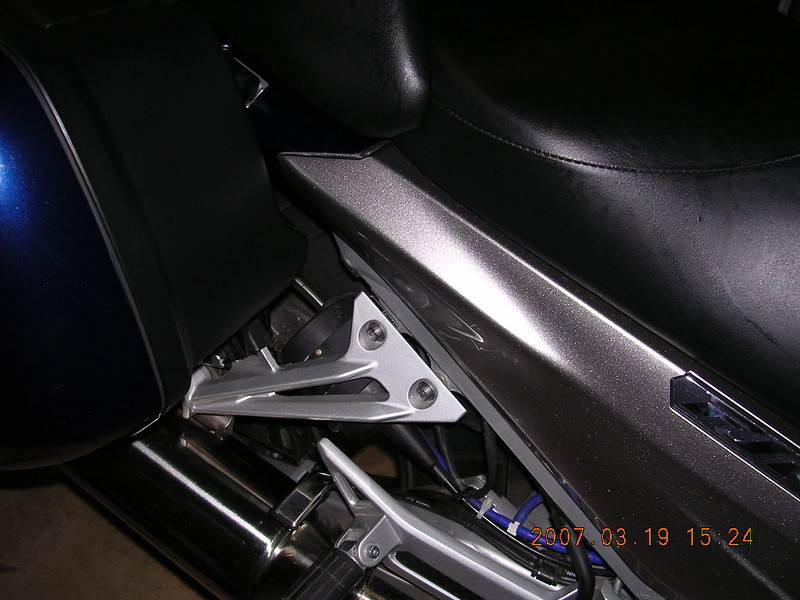My opinion is to start with drilling the throttle stop tab. No point in doing anything else until you have that little job successfully done, and there is no better time to do this task than when you are fresh, relaxed and have a good frame of mind.
A friend's suggestion-put a piece of masking tape on the tang where you are going to drill. It gives the bit better purchase and doesn't slip off. I used a 6-8" long 1/8" bit.
With the check valve in the Murph's vacuum hose you don't require another check valve. Again, in my opinion, you should tap more than one vacuum port on the throttle bodies, and if you tap more than one vacuum port each port should have a check valve. If you tap two ports, one port should have a user supplied vacuum check valve and the Murph's check valve will do the other port. If you tee two ports together without a check valve you are joining the two sync ports together so they share a common vacuum level which may not be ideal. Others say that one vacuum port works for them and they don't use a vacuum canister so it must be correct for everyone else
 Didn't have Murph's cannister when I installed mine in 04. I used a 4-5" x 1.5" piece of PVC pipe (much smaller and easier to place than Murph's), glued on end caps and used a brass fitting from Ace Hardware for the hose. I put it under the tail piece with a check valve running to one vacuum port.
Didn't have Murph's cannister when I installed mine in 04. I used a 4-5" x 1.5" piece of PVC pipe (much smaller and easier to place than Murph's), glued on end caps and used a brass fitting from Ace Hardware for the hose. I put it under the tail piece with a check valve running to one vacuum port.
Placement of the servo is a problem. Some put the servo forward of the Tee Bar under the gas tank, some sacrifice some or all of the tool tray under the seat, one person put the servo in the chin area behind the front wheel and just under the head pipes. I put my servo on the rear swing arm (have some pixs someplace. Ahh, found it quicker than expected:
LINK And, earlier today someone was talking about putting the servo where the glove box is.




